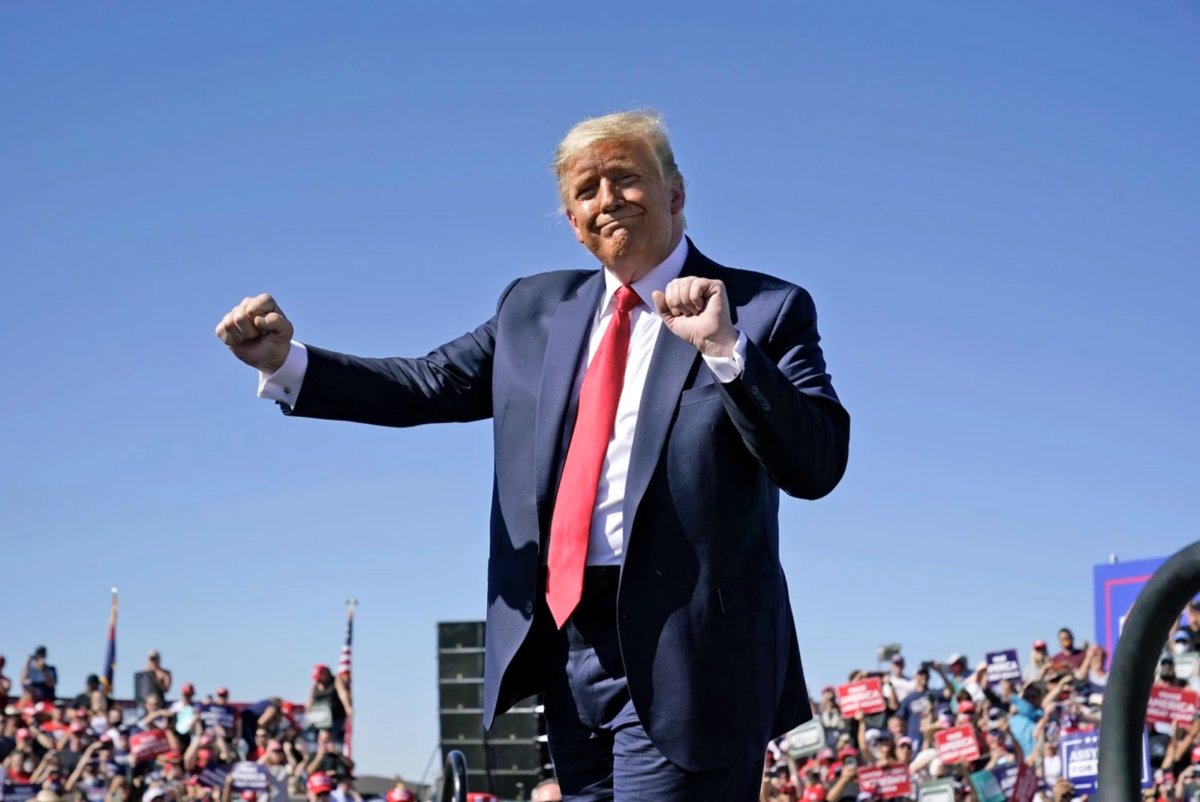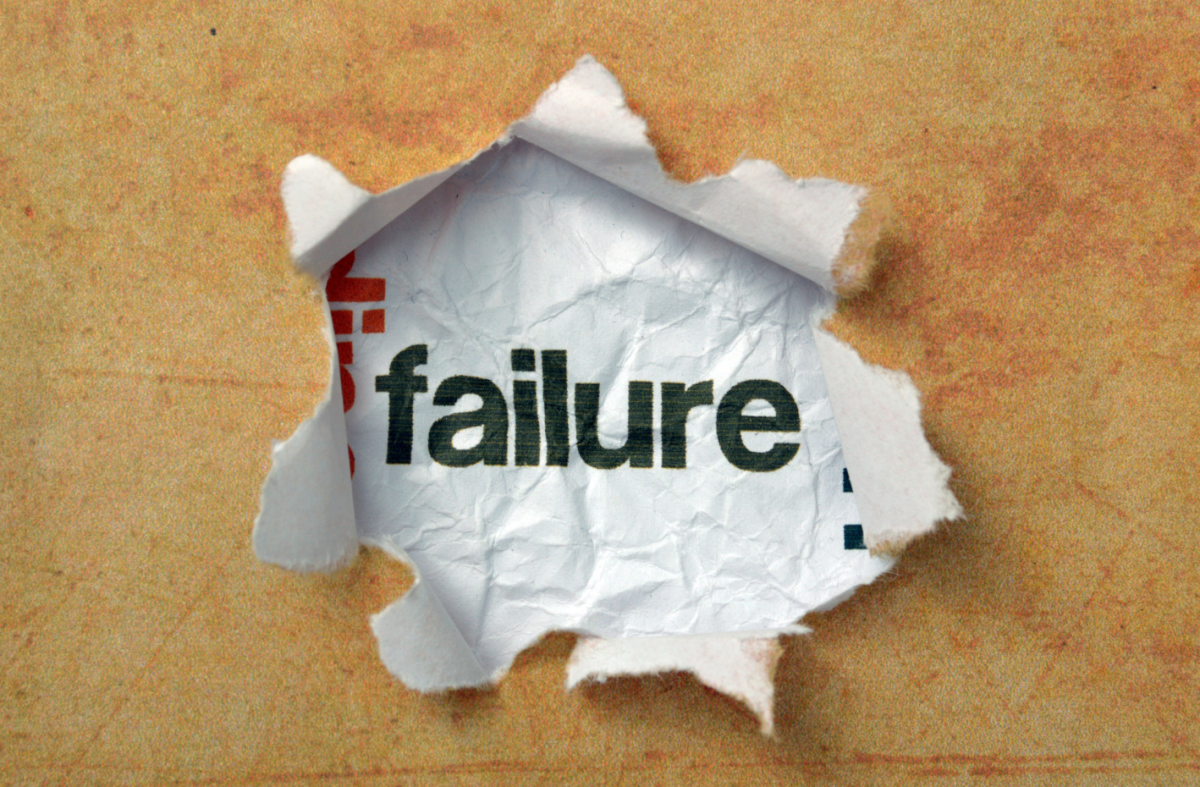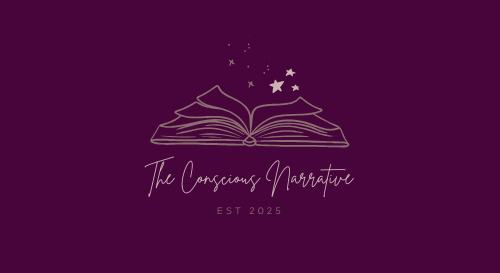While everyone is drafting their New Year’s resolutions, one man’s plans for 2025 are eagerly awaited by some and fearfully anticipated by others. President Donald Trump returned to the White House on January 20th, and he needs to carry his luck from last year with him if he has any hope of accomplishing his policy goals.
Before he stepped into the Oval Office, Trump once again took the oath of office during his inauguration, sworn in by the Chief Justice of the U.S. Supreme Court, John Roberts. Trump’s win was officially certified by Congress on January 6th, with Vice President Kamala Harris presiding over the electoral count. Though she presided over her own loss, Harris insisted that democracy prevailed and recommitted herself to the peaceful transfer of power. The certification was a return to democratic norms after the shocking attack on the Capitol four years prior, when rioters attempted to overturn the result of the 2020 election and disrupt the certification of President Joe Biden.
Coincidentally, during Trump’s inauguration, the U.S. flag on all government buildings was to be at half-mast, a symbol of respect and mourning for the death of former president Jimmy Carter, who died at age 100 in December. Trump objected to the flag at half-mast as unpatriotic during his special day. Thanks to his formal request to the U.S. government, by which I mean his rant on Truth Social, Speaker of the House Mike Johnson ordered that the flag fly at full-staff on inauguration day.
After the inauguration, Trump 2.0 has bigger aspirations than last time. The president has said that he would start implementing executive orders on day one. Some of his key domestic priorities include subduing inflationary pressures on the economy and securing the southern border from the migration crisis. Trump’s proposed solutions include mass deportation and new border security enforcement. He plans to pay for these proposals through tariffs, a tax placed on companies that import foreign goods. The intention behind the tariffs policy is to get the American people to buy domestic goods. However, critics say that tariffs will fuel inflation and worsen a recovering economy. In the short term, all foreign products will face massive price hikes, including anything manufactured in the U.S. but made with raw materials procured elsewhere. Trump has even threatened tariffs on China, Mexico, and even close allies like Canada and the European Union. Considering the limited edition Trump Bible is made in China, he might want to rethink that. When Trump instituted similar policies in his first term, he caused a trade war with China, leading to shortages in major goods that the U.S. imports from Chinese manufacturers. Americans who voted for Trump in hopes that their grocery prices go down might have to tighten their purse strings for the foreseeable future.
In the media, Trump’s new policies have been hard to distinguish as either hyperbolic statements or serious stratagem. Recently, Trump has commented that he would make Canada the 51st state. After all, why have a border wall when you can just make them American? When asked for comment, Canadian Prime Minister Justin Trudeau said he’s confident Canadians have pride in their national identity (ergo, free healthcare, America) and that Trump shouldn’t be taken seriously.
The incoming president has his sights set on multiple real estate acquisitions: he hasn’t ruled out using military force to seize control of the Panama canal, which he demands be returned to the U.S. after decades. Trump has also floated purchasing Greenland from Denmark, something he initially proposed during his first term, along with renaming the Gulf of Mexico the “Gulf of America.” Watch out, New Mexico. Despite a unique approach to foreign policy that made Hillary Clinton giggle during the inaugural address, the incoming Trump administration has made “peace through strength” a priority. With major global conflicts on the rise, it is up to the new White House to negotiate and execute ceasefire deals in conflict zones, including the one set forth by the Biden administration for Israel and Hamas.
The commander-in-chief wasted no time exercising his unilateral constitutional power, the executive order, to begin what he calls the “golden age of America” by repealing Biden-era regulations. His moves can be divided into three key camps: energy, foreign policy, and reform of the executive branch.
In respect to energy, Trump performed an encore of his first term, once again exiting from the Paris Climate Accord, which limited greenhouse gas emissions. It’s relevant to note that this is days after record devastation in California due to wildfires, thought to be exacerbated by climate change, which Trump, in typical fashion, blamed on liberal mismanagement and DEI hiring in the fire department. Climate change activism and clean energy will be the first casualty of the Trump administration, as Biden’s restrictions on drilling in Alaska were lifted just hours after Trump entered office.
Next came foreign policy, namely immigration. Declaring an invasion of the southern border, Biden’s border policies were immediately reversed or paused, and all immigrants seeking asylum are now to be turned away or kept in holding. More controversially, Trump immediately sought to eliminate birthright citizenship, a right guaranteed by the Constitution and legal precedent that any child born in the U.S. (with exceptions for foreign enemies and diplomats) are citizens with full rights under the law. 22 states have challenged the order as unconstitutional, and it is to be the first, and likely most consequential legal battle of the administration.
Finally, as promised, the president is “draining the swamp,” freezing hiring in any federal agency, and blocking more regulation and rule-making for a period of time. The Trump administration promises to slash the number of federal workers under the Department of Government Efficiency, an informal advisory agency to the president, led by the world’s richest man, Elon Musk. The influence of tech billionaires like Musk, Jeff Bezos, Mark Zuckerberg, Tim Cook, Sam Altman, and more (all of whom were seated in the front row of the inauguration, by the way) cannot be ignored when it comes to the president’s decision making.
Besides his executive orders, which have limits, Trump could struggle to get his agenda passed in the face of strong Democratic opposition and razor-thin legislative majorities. Republicans control a trifecta: the House of Representatives, the Senate, and the White House. Though the House favors Republicans, it is only by four seats, meaning Republicans cannot afford to have any internal dissent from the centrist members of the party. Democrats are poised to pounce on mistakes that the White House makes and use that to their advantage in the 2026 midterm elections. Trump also has an additional burden for the next four years: he is constitutionally term-limited, meaning Republicans will have to choose a new candidate to run for president in 2028. Whether or not the second Trump term is a success will shape the future of the MAGA movement in a post-Trump era. Possible successors include J.D. Vance, the vice president.
2025 is more than just the first year of another Trump administration; it is a year that will determine the next decade of political power. If Trump can rally the Republican Party, more electoral victories could be ahead. However, whether he can pull off his lofty goals for the economy, border security, and foreign policy is quite another conundrum. As Trump trades his Mar-a-Lago mornings for White House wake-up calls once again, one thing is for certain: get ready for four more years of 4 a.m. presidential tweets.







